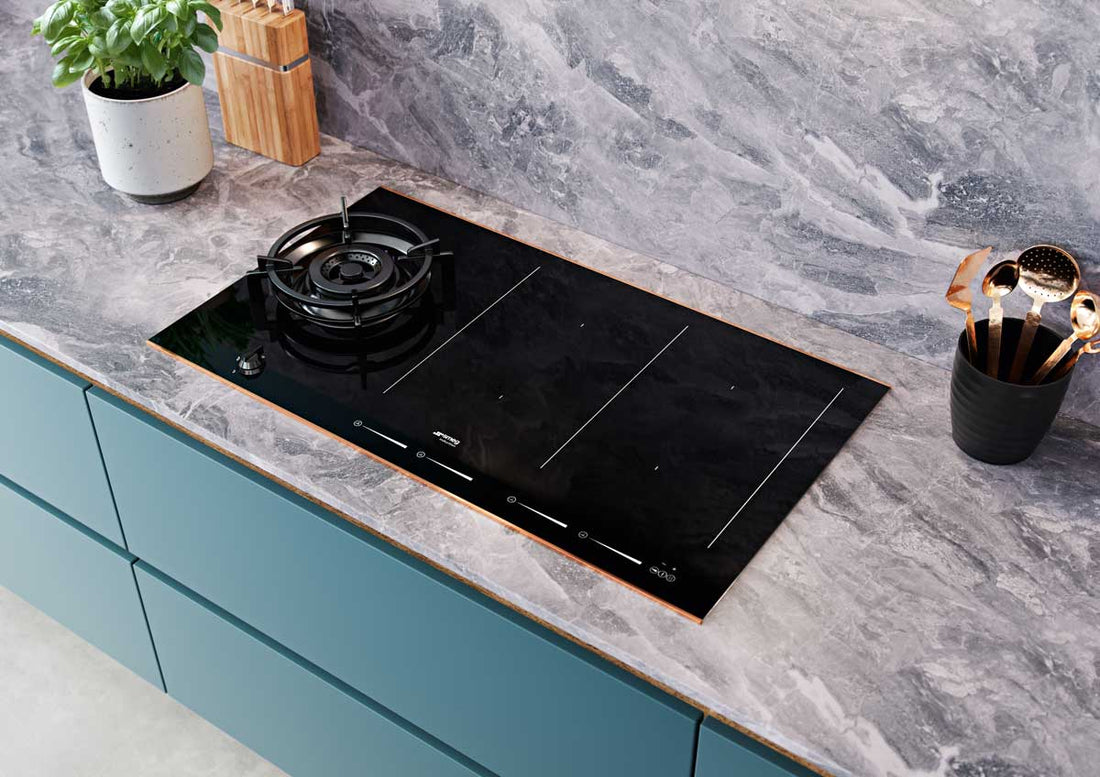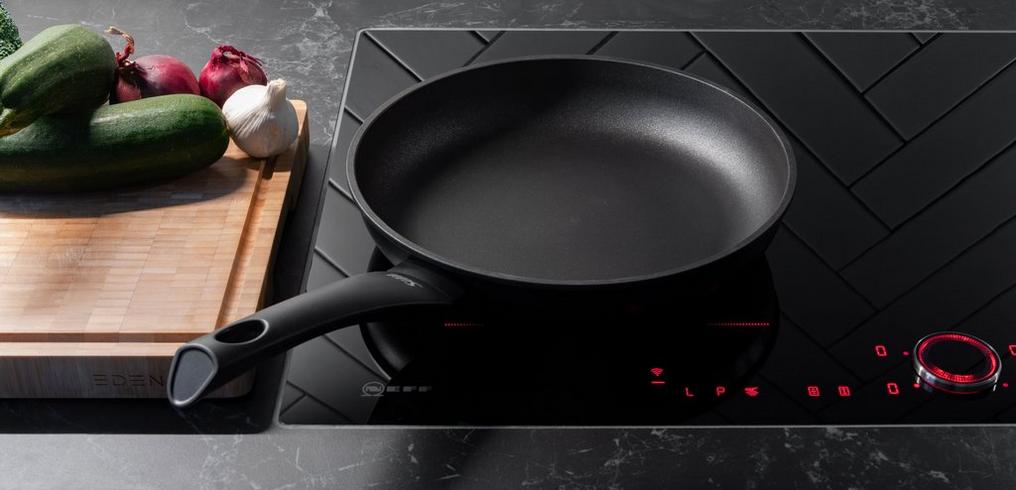Glass-Top Induction Safety with Cast Iron for Barbecue Enthusiasts
Written By Avi Green
For barbecue enthusiasts, the use of glass-top induction stoves alongside cast iron cookware presents a unique cooking experience. The combination of these two elements can elevate your barbecue game, but it's crucial to understand the safety implications to avoid damaging your stove or cookware.
Before delving into the nuances of glass-top induction safety with cast iron, it's important to consider how these two cooking tools interact. The sleek and modern design of a glass-top induction stove provides an efficient and quick heating solution, while cast iron is known for its excellent heat retention and distribution, perfect for achieving that sought-after barbecue flavor.

Why Use Cast Iron on Induction Stoves?
Induction stoves operate using a magnetic field to heat pots and pans directly, which is why they are considered more energy-efficient than traditional gas or electric stoves. Cast iron, with its high iron content, is naturally magnetic, making it an ideal candidate for induction cooking. This chemical compatibility ensures that cast iron heats evenly, providing a consistent cooking surface for your barbecue endeavors.
For barbecue enthusiasts, using cast iron on an induction stove offers the benefit of precise temperature control, allowing for more consistent cooking results. Whether you are grilling steaks or searing vegetables, the combination ensures your food is cooked to perfection every time.
The Safety Concerns with Glass-Top Induction and Cast Iron
While cast iron is a fantastic option for induction cooking, there are certain safety concerns that need to be addressed. The weight and rough texture of cast iron can pose a risk to the glass surface of an induction stove if not handled with care. One of the primary concerns is scratching, which can occur if the cookware is dragged across the surface.
Additionally, thermal shock is a potential risk when cooking on a glass-top induction stove. This occurs when a hot pan is placed on a cold glass surface, potentially causing the glass to crack. To avoid this, always ensure the cookware and stove surface are at similar temperatures before use.
Tips for Safe Cooking
- Always lift your cast iron cookware rather than sliding it across the glass surface.
- Ensure the bottom of the pan is clean and dry to prevent scratching.
- Use a heat diffuser to evenly distribute heat and protect the glass surface.
- Start with a lower heat setting and gradually increase the temperature to avoid thermal shock.
Maintaining Your Induction Stove and Cast Iron Cookware
Proper maintenance of both your induction stove and cast iron cookware is essential to prolong their lifespan and ensure safe usage. Regular cleaning and inspection can prevent accidents and maintain the efficiency of your kitchen appliances.
For more tips on maintaining your induction stove after using cast iron, you can read about removing stains from induction surfaces. Similarly, understanding the base shape for stable heating can enhance your cooking experience.
Cleaning and Care
After each use, clean the glass-top with a soft cloth and mild detergent to remove any residue. For cast iron, ensure it is seasoned regularly to maintain its non-stick surface and prevent rusting. For more on this, check out the best practices on using cast iron on induction.
Common Misconceptions
There are several misconceptions about using cast iron on glass-top induction stoves. One common myth is that cast iron will always damage the glass surface, which is not the case if proper precautions are taken. Additionally, some believe that cast iron is not compatible with induction stoves, but as mentioned earlier, its magnetic properties make it an excellent choice.
Debunking the Myths
By understanding the science behind induction cooking and the properties of cast iron, you can safely and effectively use these tools together. Always prioritize safety and follow the recommended guidelines to ensure a seamless cooking experience.
Faq Section
1. Can I use cast iron on any glass-top induction stove?
Yes, you can use cast iron on most glass-top induction stoves, provided you follow safety precautions such as lifting the pan instead of sliding it and ensuring both the pan and stove are clean.
2. What is the best way to clean a glass-top induction stove?
Use a soft cloth with mild detergent to clean the glass surface. Avoid abrasive materials that can scratch the surface.
3. How do I prevent thermal shock?
To prevent thermal shock, always ensure your pan and the induction surface are at similar temperatures before cooking.

Conclusion
Understanding glass-top induction safety with cast iron is essential for barbecue enthusiasts looking to optimize their cooking experience. By following the tips and guidelines provided, you can safely enjoy the benefits of these powerful cooking tools without compromising the integrity of your cookware or stove.
For more insights into how cast iron works on induction cooktops, explore further resources that delve into the nuances of induction cooking.



